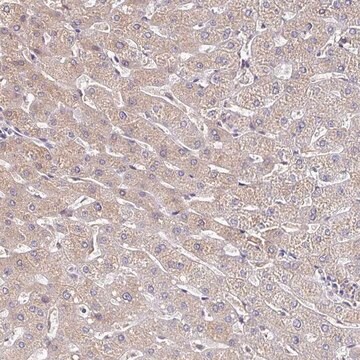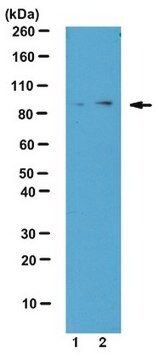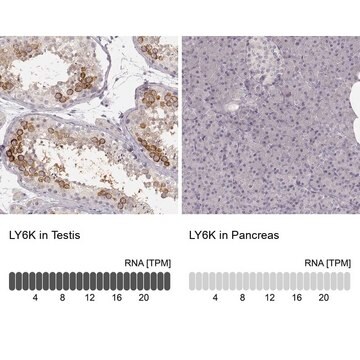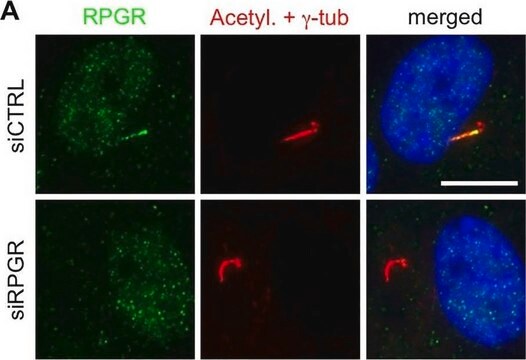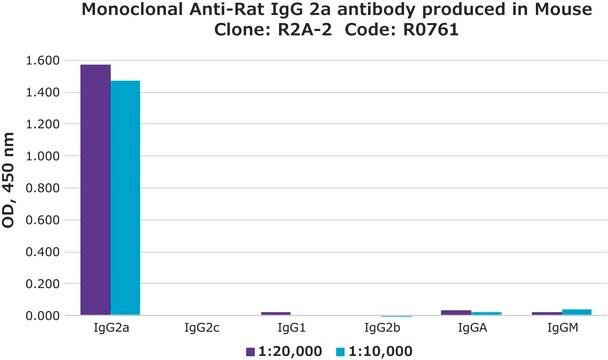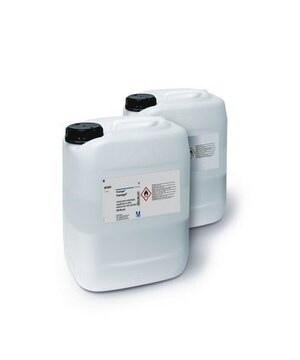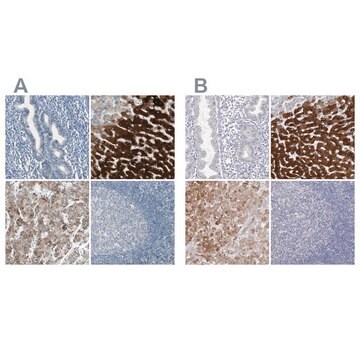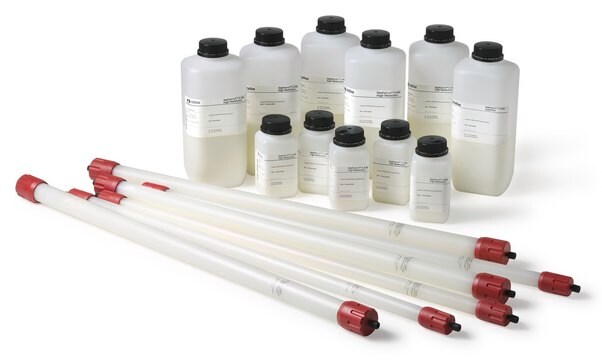04-856
Anti-TBK1 Antibody, clone AOW9, rabbit monoclonal
culture supernatant, clone AOW9, from rabbit
Sinônimo(s):
NF-kB-activating kinase, NF-kappa-B-activating kinase, TANK-binding kinase 1
About This Item
Produtos recomendados
fonte biológica
rabbit
Nível de qualidade
forma do anticorpo
culture supernatant
tipo de produto de anticorpo
primary antibodies
clone
AOW9, monoclonal
reatividade de espécies
mouse, canine, human, chicken
técnica(s)
immunoprecipitation (IP): suitable
western blot: suitable
Isotipo
IgG
nº de adesão NCBI
nº de adesão UniProt
Condições de expedição
dry ice
modificação pós-traducional do alvo
unmodified
Informações sobre genes
human ... TBK1(29110)
mouse ... Tbkbp1(73174)
Descrição geral
Especificidade
Imunogênio
Aplicação
1-4 μL of a previous lot immunoprecipitated TBK1 from 100 μg of HEK293 RIPA lysate.
Signaling
Apoptosis & Cancer
Kinases & Phosphatases
Immunological Signaling
Qualidade
Western Blot Analysis:
A 1:500 to 1:2,000 of this antibody detected TBK1 in RIPA lysates from HEK293 cells.
Descrição-alvo
Ligação
forma física
Armazenamento e estabilidade
Handling Recommendations: Upon receipt, and prior to removing the cap, centrifuge the vial and gently mix the solution. Aliquot into microcentrifuge tubes and store at -20°C. Avoid repeated freeze/thaw cycles, which may damage IgG and affect product performance.
Nota de análise
RIPA lysates from HEK293 cells.
Exoneração de responsabilidade
Not finding the right product?
Try our Ferramenta de seleção de produtos.
Código de classe de armazenamento
10 - Combustible liquids
Classe de risco de água (WGK)
WGK 1
Certificados de análise (COA)
Busque Certificados de análise (COA) digitando o Número do Lote do produto. Os números de lote e remessa podem ser encontrados no rótulo de um produto após a palavra “Lot” ou “Batch”.
Já possui este produto?
Encontre a documentação dos produtos que você adquiriu recentemente na biblioteca de documentos.
Nossa equipe de cientistas tem experiência em todas as áreas de pesquisa, incluindo Life Sciences, ciência de materiais, síntese química, cromatografia, química analítica e muitas outras.
Entre em contato com a assistência técnica